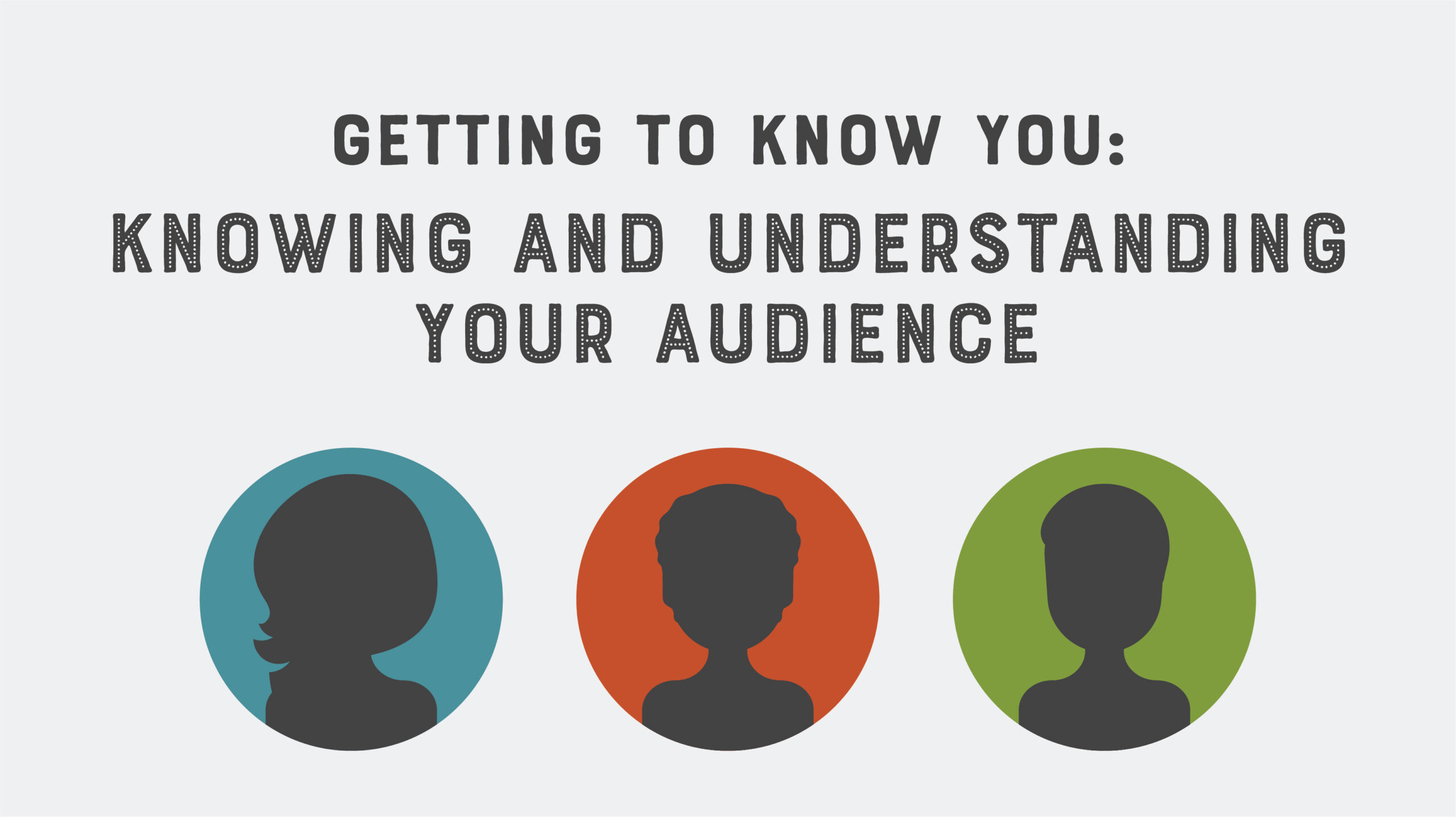When it comes to determining whether your social media efforts are effective, you have to think with the end in mind. Rather than diving into your messaging and determining what creative to use, start by thinking about who you want to reach rather than what you want to tell them. The first step in effective storytelling is knowing who your audience is!

Creating an audience profile is a great place to start. Audience profiles offer a quick look at the types of people you want to connect with so you have a snapshot of who they are and how they think. First, consider demographic factors such as:
- Age: You don’t have to pinpoint an exact age, but consider a range of ages that fits the typical members within an audience or even generations such as Baby Boomers, Gen X, Millennials, Gen Z, etc.
- Ethnicity: Knowing this information can sometimes give you some background on shared values and also help you determine if you have any gaps in what your audience is vs. what it should be.
- Geography: Where are your audience members located?
- Education: Having an idea of the educational background of your audience members can help you cater your message to them.
- Income: How much money do they make each year? You could also think of it in terms of levels, such as middle-class, upper-middle-class, etc.
- Occupation: What do they do for a living? What industry do they work in?
You should also take into consideration the following psychographic factors:
- Activities: What do they enjoy doing when they’re not at work?
- Values: Consider their personal and cultural values, as these often play a role in their decision-making process.
- Interests and Opinions: What other interests or opinions do they have? What are the things that matter most to them?
- Lifestyle: Are these people big spenders or savers? Do they travel often? Do they prefer to spend time at home?
- Information Intake: How do they receive information? This can include social media, as well as television, radio, and newspapers, among others.
Building out your demographics and psychographics can be quite the task. We always recommend starting with what you know and any hard facts you can contribute to your audience profiles. If you don’t have the data, don’t sweat it! Start working from assumptions first, then work on collecting data. Data collection of this kind can be a deep, dark hole of work if you aren’t careful, so be mindful of that and don’t be afraid to be a little “lazy” in your approach. Do as little work as you can to start your audience profiles, and remember to use the resources available to you! A few sites worth checking out for data collection are the U.S. Census Bureau, American Fact Finder, and the Urban Institute, as well as your local and state governments and public and academic libraries. Also, don’t forget to make a plan for updating and maintaining the information over time so you’re not completely overhauling your profiles at the same time.
One of the most important things to include in as you build out these profiles is what pain points your audience members are facing. What decisions or challenges are they currently facing? What do they want to accomplish? This not only helps you better understand your audience members but can also help you start crafting campaigns and messages that address those pain points head-on so that your messages will resonate with your audience and will cut through the clutter.
Once you have a better idea about who you’re engaging with through your messaging, what pain points or challenges they are facing, and where to meet them with your message, you’re better able to craft a campaign that shows them how you can help solve their problem or resolve a pain point. Creating an audience profile takes some time, but it is worth the investment in order to improve your efforts so you can work toward better results.
Need a template to get you started? Click here to download our Audience Profile worksheet.
Not sure where to start? Would a workshop help? Contact us today to learn more about our Audience Profile Workshop!
There’s more where this came from! Check out the next blog in this series, Determining Success Is a Team Sport, for tips on how your team can work to define success together.




